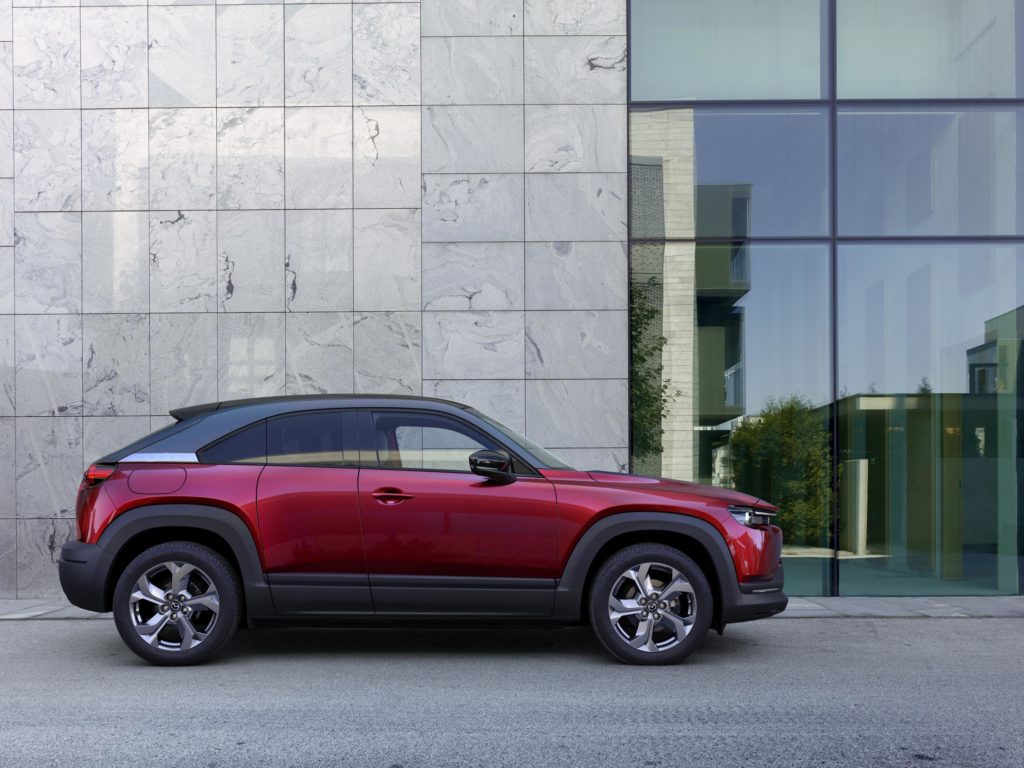Cork isn’t a material often associated with the automotive industry, but in the case of Mazda this sustainable material features in the brand’s past and future.
Mazda began life in 1920 as Toyo Cork Kogyo and the forthcoming MX-30 makes a design nod to the company’s founding business with the use of cork in the cabin, to line the floating centre console and inner door handle trim.
Mazda MX-30, chief designer, Youichi Matsuda says, “When Toyo Cork Kogyo was created, technologies in plastics and rubber had not been developed as far as they are today, so cork was used as an alternative material for gaskets and walls back then.
“But after WWII, production of rubber and plastics on an industrial scale meant cork gradually took a backseat as a large-scale industrial material. But with it occupying such a significate place in Mazda’s history it’s only right we chose it for the MX-30 cabin.”
He added, “Especially as cork’s sustainability is perfectly aligned to a car like the MX-30, a car where we have also used a material made from recycled plastic bottles to make the fabric in the door trims, we even have bio-engineered plastic in elements of the front and rear doors.”
The cork used in the MX-30 is formed with a high-quality coating and backing material to ensure durability and quality.
“The cabin can be a very harsh environment, for example ultraviolet rays infiltrating the cabin can degrade cork over time, so using it presented a whole new challenge for us.
“To combat this, we worked with Uchiyama Kogyo to make sure the finished cork product in the car has the texture, durability and style our customers expect,” says Matsuda. 



